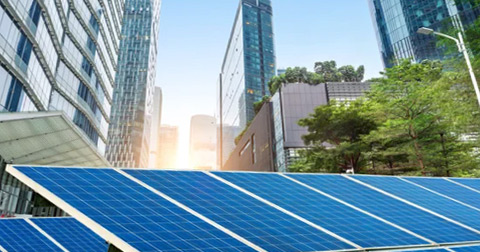The Energy Transition of Buildings in Italy
The energy transition of buildings in Italy is a crucial component of the national and European strategy for reducing greenhouse gas emissions and achieving established climate targets. This process is driven by a series of regulations at both the European Union and national levels, aimed at improving the energy efficiency of the existing building stock and promoting the construction of zero-emission buildings.
The European Regulatory Framework
At the European level, the Energy Performance of Buildings Directive (2010/31/EU) has been a fundamental pillar in defining energy efficiency standards for buildings. This directive aims to reduce greenhouse gas emissions and energy consumption in the EU building sector, with the ultimate goal of achieving climate neutrality by 2050. A significant revision of this directive was agreed upon in March 2024, introducing more ambitious targets for member states.
As part of the “Fit for 55” package, the EU has proposed additional measures to accelerate the energy transition. These include the goal of making all new buildings zero-emission by 2030 and upgrading the existing building stock to meet the same standard by 2050. These objectives were formalized with the adoption of the revised Energy Performance of Buildings Directive by the Council of the European Union on April 12, 2024.
In Italy
In response to European directives, Italy has adopted a series of legislative measures to promote energy efficiency in buildings. Legislative Decree No. 192 of August 19, 2005, is one of the key regulatory tools in this field, implementing EU directives and establishing criteria and guidelines for improving building energy performance. This decree introduced the requirement for the Energy Performance Certificate (APE), a document that certifies a building’s energy performance and provides recommendations for improvement.
Additional initiatives include tax incentives for energy retrofitting of existing buildings and the promotion of nearly zero-energy buildings (nZEBs). These efforts align with the European decarbonization objectives and aim to significantly reduce energy consumption in the building sector.
Industry Experts’ Perspectives
According to European Commission data, buildings account for approximately 40% of energy consumption and 36% of direct and indirect greenhouse gas emissions related to energy use across the EU.
Additionally, the project “Technology and Energy Transition: What Role for Europe and Italy”, carried out by ECCO, an Italian climate think tank, in collaboration with the Rome office of the European Council on Foreign Relations (ECFR), aims to explore the geopolitical dimensions of technological development related to the energy transition.
A Complex but Essential Process
The energy transition of buildings in Italy is a complex and multidimensional process that requires the integration of European and national regulations, economic incentives, and the commitment of all stakeholders involved. The ultimate goal is to create a sustainable, zero-emission building stock, making a significant contribution to combating climate change and fostering a green economy.




